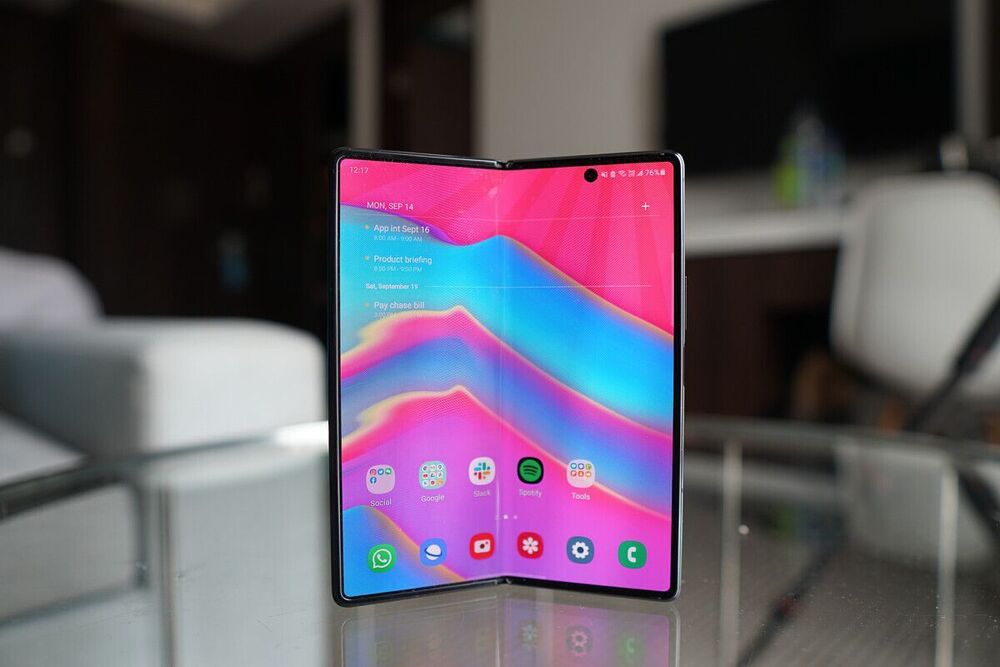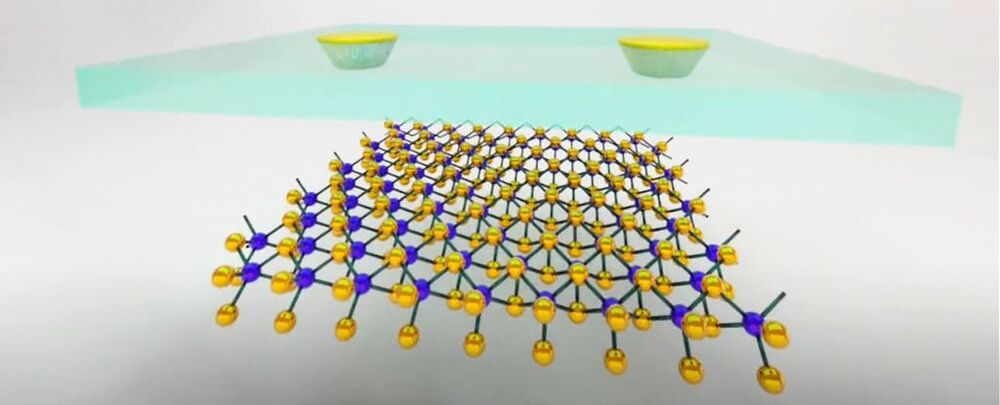Flaw was exploited when government officials clicked on links in LinkedIn messages.
Category: mobile phones – Page 135


Hackers accessed Mint Mobile subscribers’ data and ported some numbers
Mint Mobile is an American telecommunications company which sells mobile phone services and operates as an MVNO on T-Mobile’s cellular network in the United States.
BleepingComputer reported that Mint Mobile has disclosed a data breach that exposed subscribers’ account information and ported phone numbers to another carrier.
The data breach notification sent to the impacted subscribers reveals that an unauthorized person gained access to their data between June 8th and June 10th. The company did not reveal how hackers had access to the subscribers’ data.

For The First Time, Scientists Have Connected a Superconductor to a Semiconductor
Scientists have succeeded in combining two exciting material types together for the very first time: an ultrathin semiconductor just a single atom thick; and a superconductor, capable of conducting electricity with zero resistance.
Both these materials have unusual and fascinating properties, and by putting them together through a delicate lab fabrication process, the team behind the research is hoping to open up all kinds of new applications in classical and quantum physics.
Semiconductors are key to the electrical gadgets that dominate our lives, from TVs to phones. What makes them so useful as opposed to regular metals is their electrical conductivity can be adjusted by applying a voltage to them (among other methods), making it easy to switch a current flow on and off.

Degradable plastic polymer breaks down in sunlight and air
Most plastic persists in the environment. A recently developed polymer degrades in a week and doesn’t leave microplastics behind. Image credit: Larina Marina/ Shutterstock.
Plastic trash chokes shorelines and oceans, in part because plastic polymers do not easily decompose. But a new kind of environmentally degradable plastic could help change that: It breaks down in about a week in sunlight and air, according to a recent study in the Journal of the American Chemical Society (JACS). Chemical characterization using nuclear magnetic resonance (NMR) and mass spectroscopy, among other techniques, revealed that the plastic decomposed rapidly in sunlight from a petroleum-based polymer into succinic acid, a naturally occurring nontoxic small molecule that doesn’t leave microplastic fragments in the environment.
Although a sun-sensitive plastic might not be a good choice for bottles or bags that need to last more than a week on shelves, integrating the environmentally degradable polymer as a minor ingredient, or with other biodegradable polymers, could help speed breakdown of these materials in landfills, says coauthor Liang Luo, an organic materials scientist at Huazhong University of Science and Technology in Wuhan, China. The flexible and degradable material would be potentially useful inside electronics, he says. Sealed inside a cell phone or other flexible electronic device, the polymer could last for years isolated from light and oxygen, Luo notes, while making smartphones easier to dispose of at the end of their service life. And the byproduct succinic acid could be upcycled for commercial uses in the pharmaceutical and food industries, Luo adds.

Powerful solar storm approaching Earth, can impact GPS, cell phone signals
A powerful solar storm is approaching the Earth at a speed of 1.6 million kilometers and this storm will hit the Earth either on Sunday or Monday. According to website Spaceweather.com, the storm that originated from the Sun’s atmosphere can have a significant impact on a region of space dominated by Earth’s magnetic field.
View of celestial lighting
Due to the solar storm, there will be a view of beautiful celestial lighting for the people living at the North or South Pole. The people living closer to these areas can expect to see beautiful aurora at night.

Massive solar storm heading towards Earth can impact GPS, mobile signal. Details here
According to NASA, the solar storm is travelling towards Earth at a velocity of 1.6 million km/hr and the speed might even increase more.
The satellites in the Earth’s upper atmosphere are also expected to get impacted by the incoming flares. This will directly impact GPS navigation, mobile phone signal and satellite TV. The power grids can also be impacted due to the solar flares.
On the positive side, the solar flares will create an amplified view of Aurora lights in North or South Pole. The people living near the poles will get to experience these lights.

Google confession: Google Assistant records audio 24×7 even when you are not using it or don’t want it
Voice assistants are a very controversial technological implementation, as some believe they are too intrusive with users’ privacy and do not provide significantly useful features compared to using a conventional computer or smartphone. Its use becomes increasingly questionable considering the constant reports of information collection. The most recent of these reports points out that Google Assistant technology can listen to users’ conversations even without being invoked.
The company had already admitted that it records some of the users’ conversations, though its reports claimed this was impossible if the user didn’t say “OK Google” aloud. However, this new report ensures that it is not necessary for the user to activate the assistant with the renowned voice command.
According to Android Authority researchers, a Google representative admitted that its virtual assistant records audio even when this tool is not used, even recognizing that employees have access to this information. However, Google clarified that this has not been done inadvertently, ensuring that its staff is not listening to users’ conversations. In addition, it was established that Google staff only have access to limited parts of the audio.

Amazon is reportedly using algorithms to fire Flex delivery drivers
Whenever there’s an issue, there’s no support. It’s you against the machine, so you don’t even try.
Amazon’s contract Flex delivery drivers already have to deal with various indignities, and you can now add the fact that they can be hired — and fired — by algorithms, according to a Bloomberg report.
To ensure same-day and other deliveries arrive on time, Amazon uses millions of subcontracted drivers for its Flex delivery program, started in 2015. Drivers sign up via a smartphone app via which they can choose shifts, coordinate deliveries and report problems. The reliance on technology doesn’t end there, though, as they’re also monitored for performance and fired by algorithms with little human intervention.
However, the system can often fire workers seemingly without good cause, according to the report. One worker said her rating (ranging from Fantastic, Great, Fair, or At Risk) fell after she was forced to halt deliveries due to a nail in her tire. She succeeded in boosting it to Great over the next several weeks, but her account was eventually terminated for violating Amazon’s terms of service. She contested the firing, but the company wouldn’t reinstate her.

How AI Is Taking Over Our Gadgets
The challenges of making AI work at the edge—that is, making it reliable enough to do its job and then justifying the additional complexity and expense of putting it in our devices—are monumental. Existing AI can be inflexible, easily fooled, unreliable and biased. In the cloud, it can be trained on the fly to get better—think about how Alexa improves over time. When it’s in a device, it must come pre-trained, and be updated periodically. Yet the improvements in chip technology in recent years have made it possible for real breakthroughs in how we experience AI, and the commercial demand for this sort of functionality is high.
AI is moving from data centers to devices, making everything from phones to tractors faster and more private. These newfound smarts also come with pitfalls.